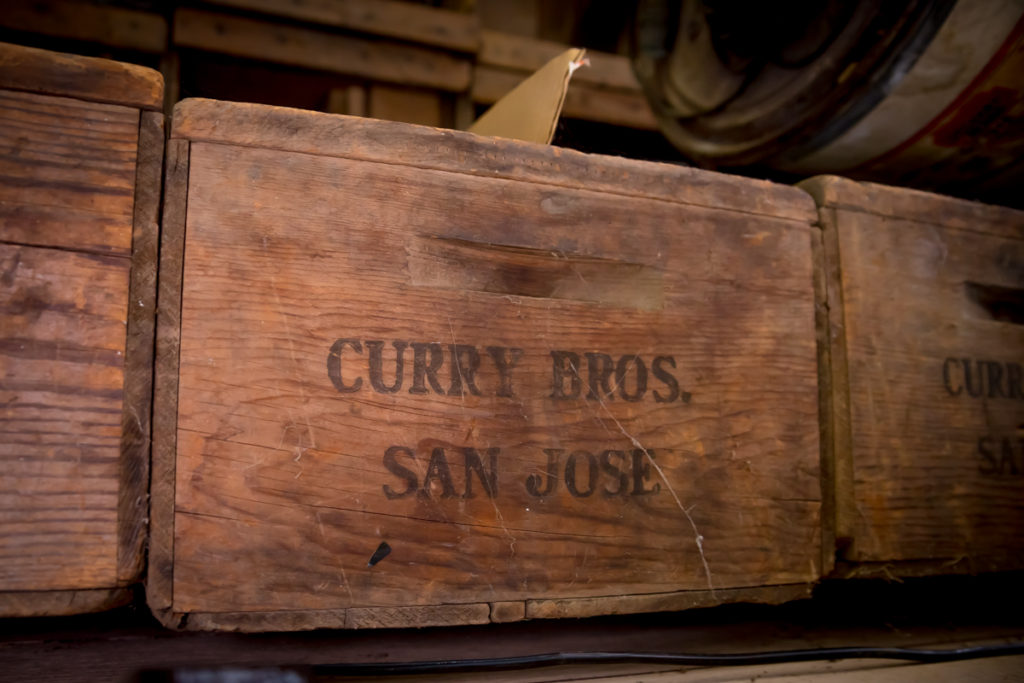
Rick Curry read my blog, For the Love of Apricots, during the last year of his father’s life and meant to tell him about it. He thought his father might enjoy sharing stories with me from his life growing up on, and later, owning an apricot orchard in San Jose. Rick’s grandfather and great-uncle established one of thousands of family-owned orchards in the Santa Clara Valley that prospered in the golden era known as the Valley of Heart’s Delight, from the late 1800s through the 1960s. When Rick wrote to me this summer about his family’s heritage, I could see the arc of the orchard era history clearly reflected in their story. I am delighted to share it here, along with a treasured family recipe!
The Curry family’s orchard story began in 1925 when Rick’s grandfather Howard and his brother Harry bought adjoining parcels of land on Capitol and Hostetter Avenues in San Jose; over 100 acres in all. Together they formed the Curry Brothers fruit business and split farming investment, expenses and revenues fifty-fifty. Their partnership was productive in many ways, as the two families raised a variety of fruits and nuts as well as a number of children, side-by-side.
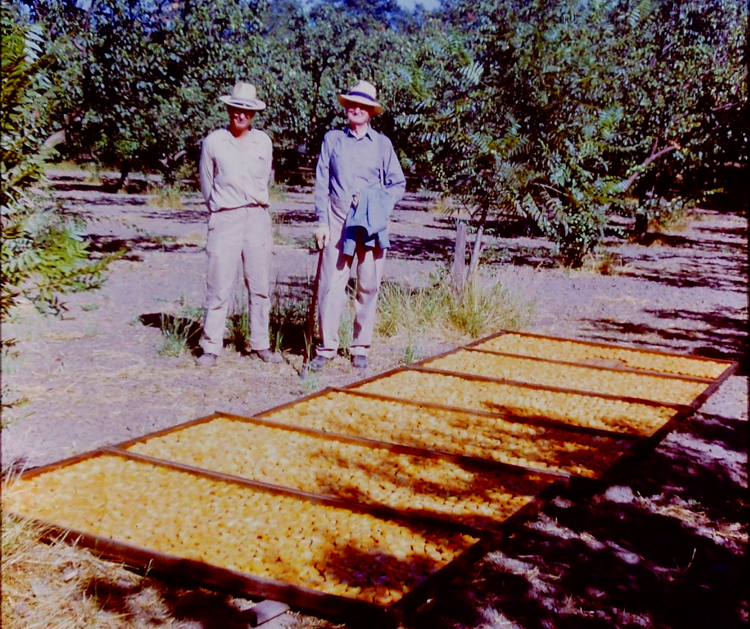
Howard and his wife Gertrude raised their three children, Douglas, Dorothy, and Barbara in a handsome 1896 Victorian home. They farmed Blenheim apricots, walnuts, French prunes, and cherries. As a young man, Douglas left the ranch to serve in WWII, planning to study accounting in college when he returned. However, the many letters exchanged with his parents during the war convinced him to take over the family business and dedicate his life’s work to the orchards. He married Audrey, a young woman from Northern California. In 1947, they leased the ranch from his parents. Continuing the Curry tradition, Douglas partnered with his cousin Walter (Harry’s son), and farmed a 55-acre portion of the ranch, which allowed Howard and Gertrude to retire in Pacific Grove.
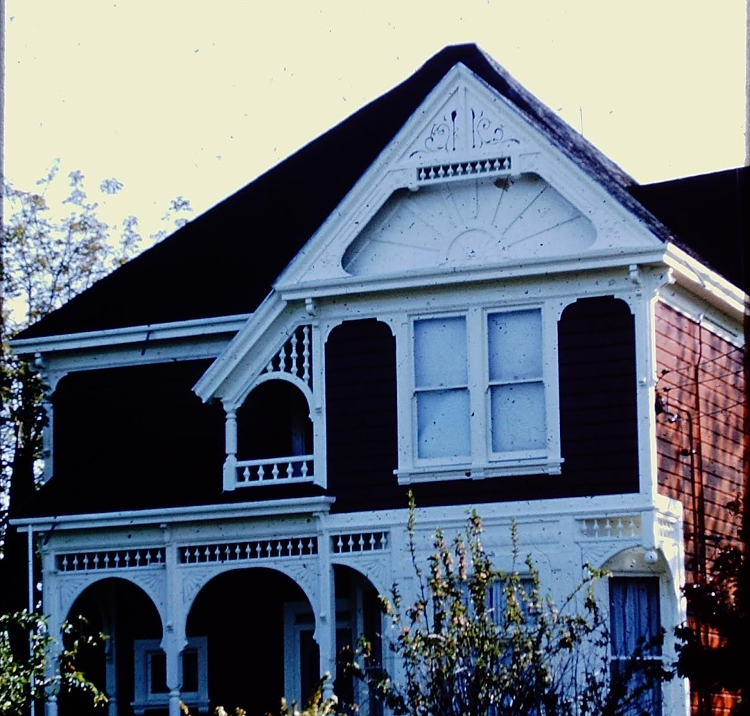
Douglas and Audrey’s children, Pat and Rick, were the second generation to grow up on the Curry ranch and learn family farm traditions from their parents and grandparents. Fifty-five acres provided a boundless landscape for growing children. Rick’s favorite memories of the farm were, “making forts in the wild mustard that seemed to go on for miles… the freedom of being able to run forever through the trees and staying out until my parents rang the anvil for dinner… the fresh fruits and vegetables and Sunday BBQ’s… the best pies ever… the beauty of blossoms in the spring that brought people from all over… and when I reflect back now, I realize that we were farming some of the best soil in the entire world!”
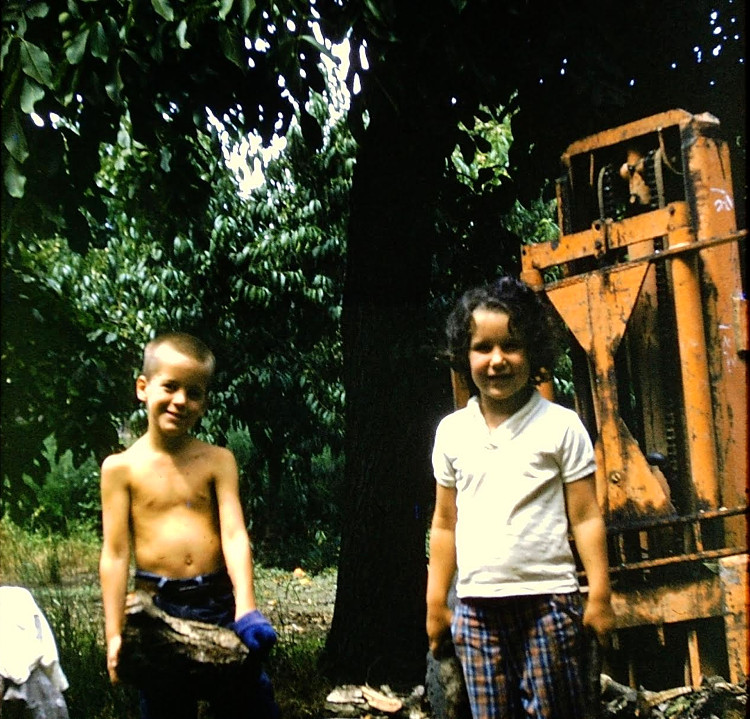
While Rick and his sister had freedom to play and explore, there were plenty of chores to do; stacking the woodpile started at a young age, followed by fruit-picking during harvest time. As Rick remembers it, his dad would have farmed forever because it was truly in his blood. He loved growing great fruits and vegetables. Doug Curry was an expert in grafting and experimenting with different varieties of fruits on the same tree. Being handy with welding, he could fix pretty much everything on the farm.
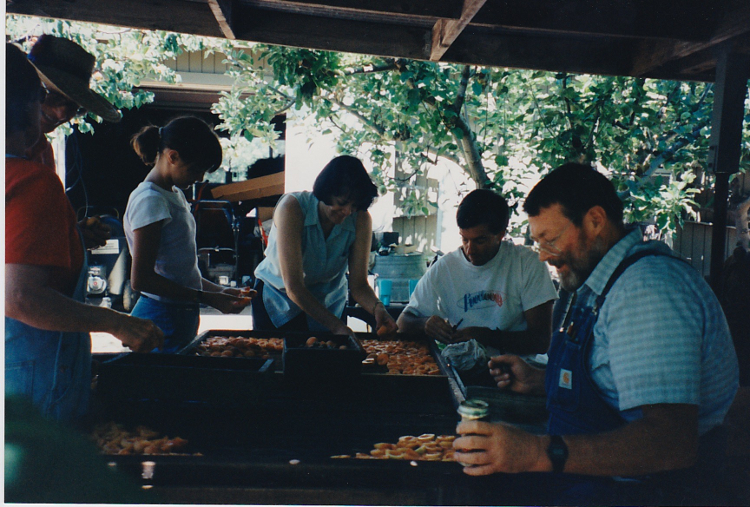
By 1956, Doug Curry had paid off the lease and owned the 55-acre property. While he managed the orchards, Audrey taught at McCollum School in Alum Rock. When Grandma Gertrude died, Grandpa Howard returned to the farm to live with the family until he passed away a few years later. For much of their 45-year tenure on the Curry ranch, three generations of the family lived and worked together.
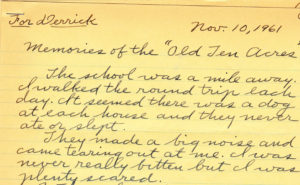
In a letter to his grandson Rick, Howard Curry wrote about the hard work and rewards of his childhood farm experiences, two generations before: “At harvest time my mother worked in a cannery and father in a neighbor’s dry yard. So we had to cut our apricots and peaches at night after regular working hours…I used to almost go to sleep on my feet as I stood cutting fruit along side of the tray…all this didn’t do me any harm. I think it was good for me. I ate a lot of the dried fruit“.
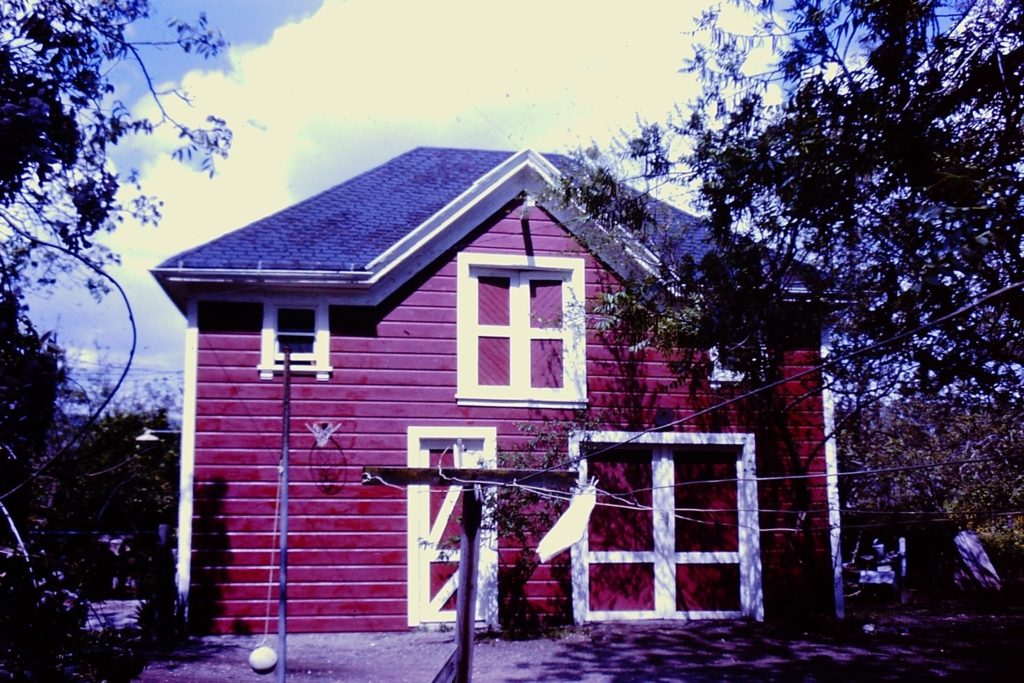
In the post-War era, growth was swelling across the Bay Area, nibbling away at the immense fabric of family farms that stretched across the flat, fertile Santa Clara Valley. Walter Curry sold off his portion early to land developers while Doug continued the Curry Brothers orchard operations until the early 1970s, when farming became uneconomical. Property taxes had been steadily climbing due to the land being valued for urban rather than agricultural use. After struggling to break even for several years, it didn’t make economic sense to continue farming.
Rick admits that by his teen years, he didn’t see a future in farming for himself. It might have been the hot summer days picking prunes on his hands and knees as a kid that convinced him of this. “At 50 cents a box, it was hard, hard work!” Instead, after coaching kids in swimming during the summer of his junior year, he charted a course in the field of education. “I realized how hard a life was as a farmer with the constant pressure of weather and crop pricing every year, let alone running a 55-acre farm, a drying yard for apricots and a walnut processing warehouse.”
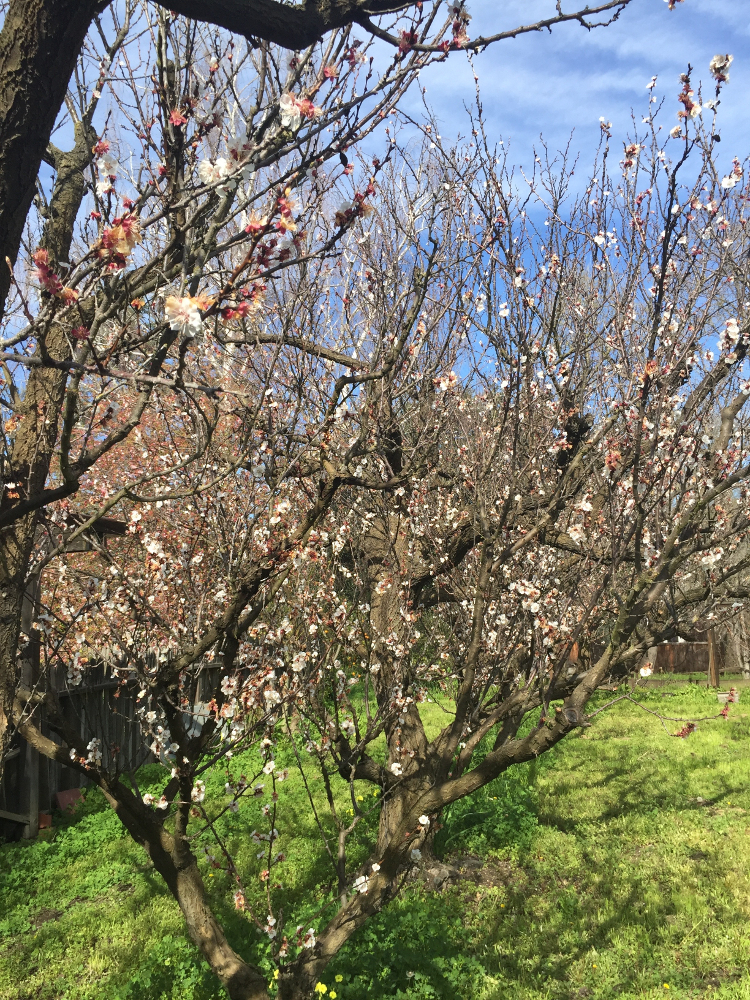
With no heirs to take over the farm, Doug and Audrey Curry sold the ranch to Shapell Homes and moved to a smaller property in Monte Sereno, where they could continue farming while Doug began a new career in financial management. The Currys planted Blenheim apricots, French prunes and plums, continuing the family’s orchard traditions on 2 acres. In time, Audrey’s elderly parents, Earl and Ada, moved in with them and when Rick and his boys visited, three generations were together once again. Thankfully, they were strong enough to manage everything by themselves and it didn’t look like they would need to take the help of a caregiver found through an assisted living finder anytime soon. In fact, they would even help around with the farming activities, cooking, and manage other odds and ends on the farm.
Now, it was Rick’s young sons’ turn to learn how to harvest, cut, and dry the Blenheim apricots from their grandfather, while their grandmother served apricot pies many times during the summer. According to Rick, “Audrey and Ada made the best pie crust known to man!”
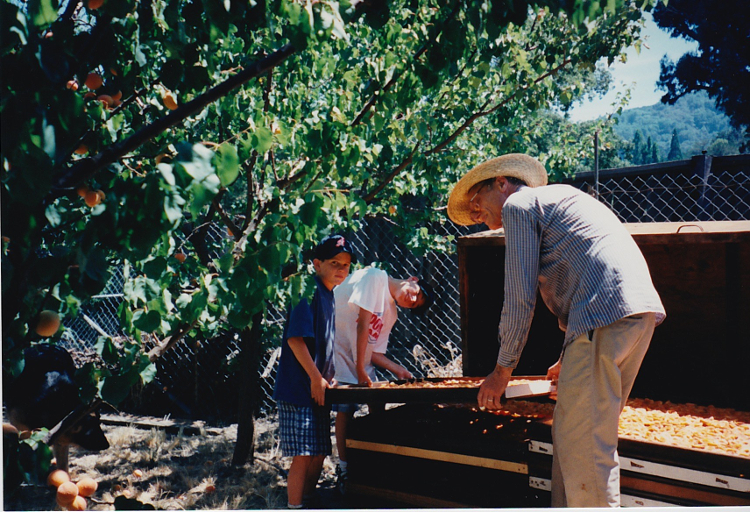
After 30 years living in Monte Sereno, only Rick’s father remained. Doug tended the fruit trees into his 90’s, annually climbing ladders and gathering a harvest until he passed away in 2016. With all the responsibilities of caring for his elderly father and small orchard, it wasn’t until Rick sold the Monte Sereno property this summer that he faced the fate of the long-lived trees and farm implements. Having followed my blog, he reached out to me with this short note:
“Apricot drying trays, fruit boxes, fruit ladders… Let me know if you know anyone that would have interest. Someday I can send you some old family apricot recipes… my mom and grandma were outstanding bakers!! I really enjoy your blog and let me know if you are interested in seeing a few old apricot trees in Monte Sereno before the new owner moves in.”
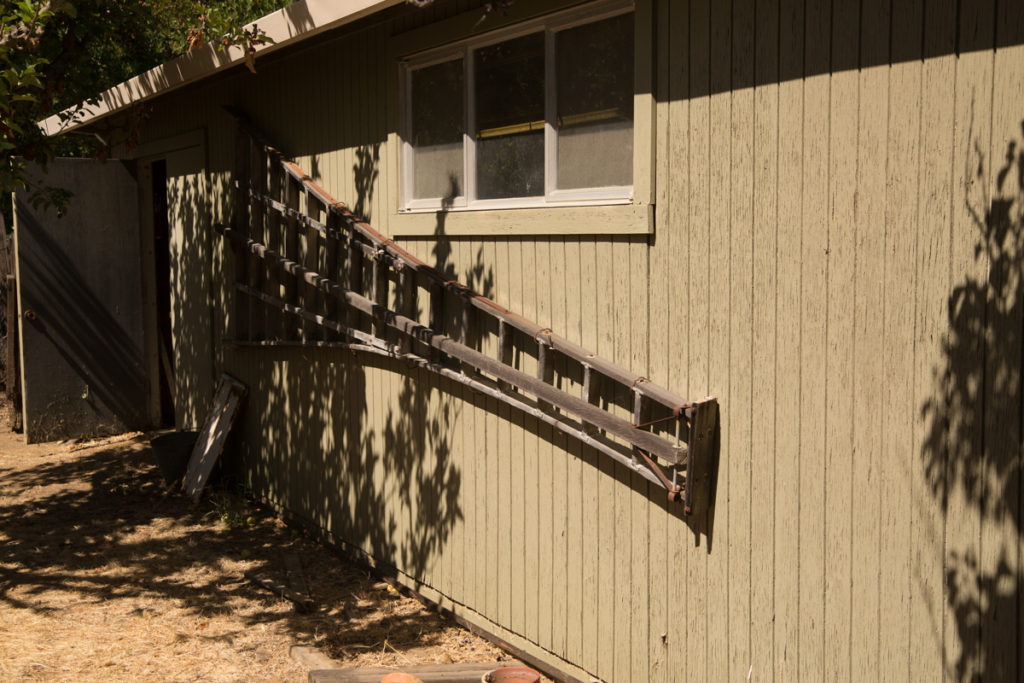
Monte Sereno is just a mile from my family’s Saratoga property and I was intrigued to see his father’s last orchard. I wrote back immediately to tell him about the nearby orchardists still in operation and made an appointment to meet him at his father’s place. Happily, Matt and George Novakovich responded with interest and later that week, we all arrived at the Curry place. In addition to agreeing on a fair price for the farm implements, a lively conversation ensued about their shared memories of orchard families, fruit history, and a scandal or two.
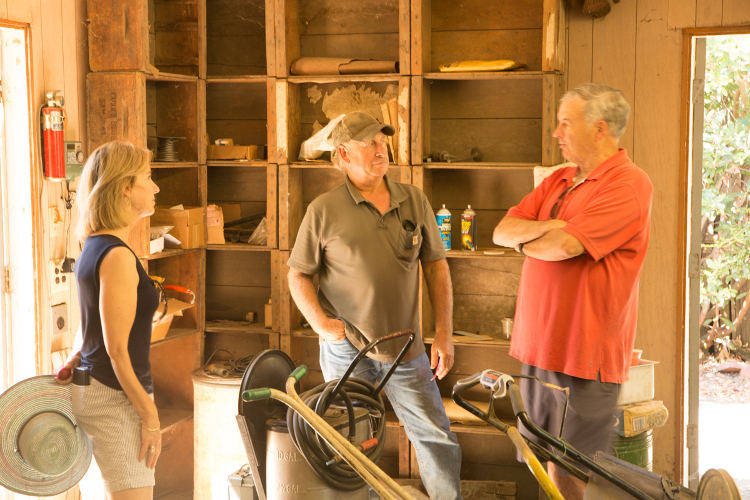
Taking a few minutes alone in the orchard, I picked a ripe French prune and ate it, soaking in the late summer heat and sinking back into the feeling of being among the trees in my orchard as a child, just a quick bike ride up the road. When my parents sold our property in the 1980s, the new owners looked past the aging fruit trees to a different future with tennis courts and a few grapevines. Our remnant orchard with it’s rich history and delicious fruit didn’t measure up to their sense of land values. This loss of connection to the orchard land and trees was one of the most difficult transitions in my life. I could tell that Rick felt some of this loss too when he told me that he hopes the new owner will keep at least a few apricot trees.
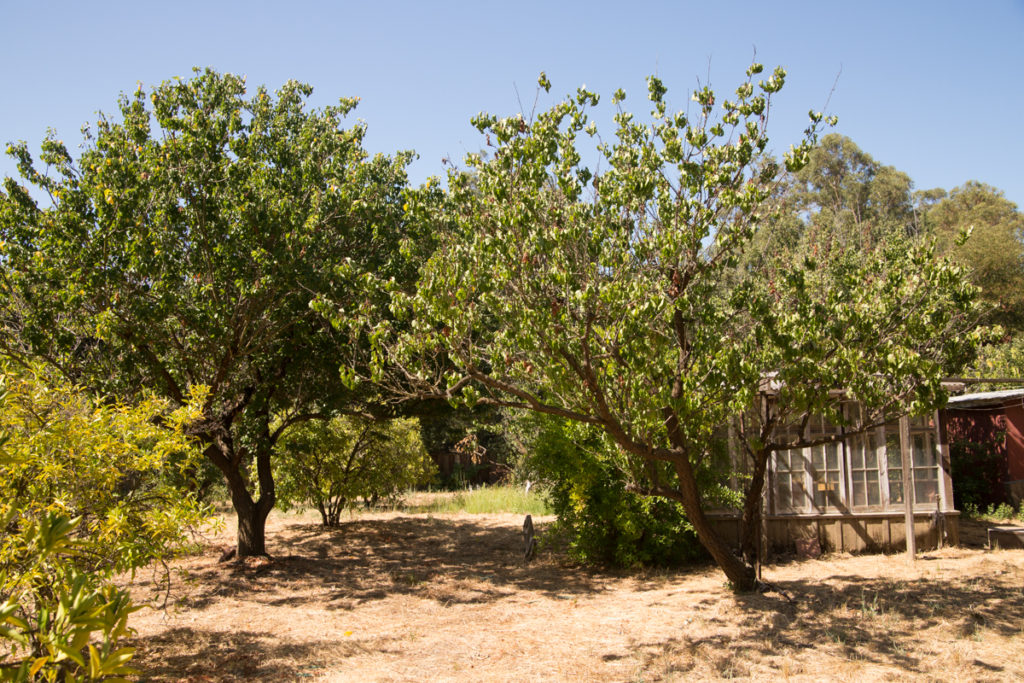
The Curry family lived long and productive lives cultivating orchard crops in the Santa Clara Valley. They worked hard and were an integral part of the family farms that thrived under the extraordinary natural conditions of climate, soil and location. Though it captured the world’s admiration for its unique beauty and unparalleled quality of fruit, the Valley of Heart’s Delight could not withstand the “tectonic” economic forces that transformed this agricultural wonderland into the technological one we now call the Silicon Valley in just one generation. Today, there are only a handful of orchards that remain there.

As if in response to the generational farm challenge that the Curry Brothers faced, the SF Chronicle recently published “A growing concern: keeping farms alive”. The article focuses on the sale of the 100-acre Star Route Farms in Bolinas to the University of San Francisco as a “symbol of the importance of farming and farmland conservation”. Noting that in 2012, the average age of farmers in the U.S. was 60, approximately 70% of of privately owned farms and ranches are expected to change hands in the next 20 years.
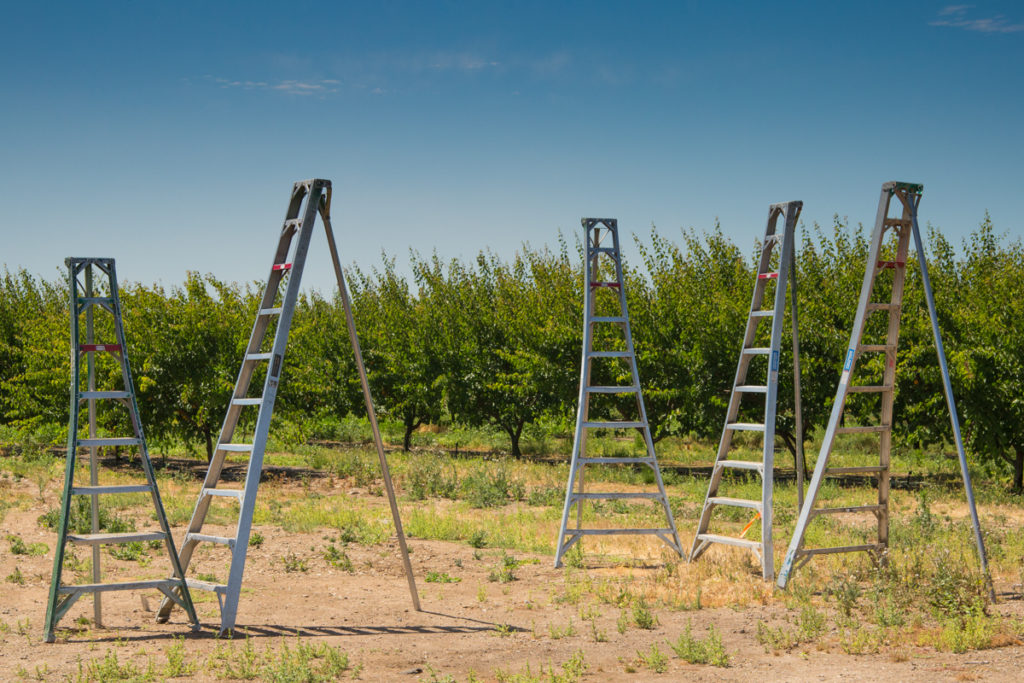
Like the Currys and the orchardists I’ve gotten to know, when it comes time to retirement, there may not be a family member to pass the land on to. Is there another generation that will carry family farming in urban areas forward? Can newcomers to farming afford the price of farmland? With all the farming business relationships and improvements in place, the value of an established farm would easily exceed what young farmers can afford. Near cities, the usual result is the loss of farming to new housing or commercial development and the only remaining trace may be the farm’s name. Getting into farming can be an arduous journey, especially if they are not equipped to take it on. If a farming business wants to become established, those involved will need to take all the right steps in ensuring that it will do as well as it can do. This means investing in equipment and researching the best resources for keeping a farm running, for example, a steel buildings New Mexico company may help provide the necessary storage for farm crops, products, equipment, etc. to keep work ticking over and quality always high. There is a lot of thought that must go into this, but if a young farmer wants to start, they need to know the basics.
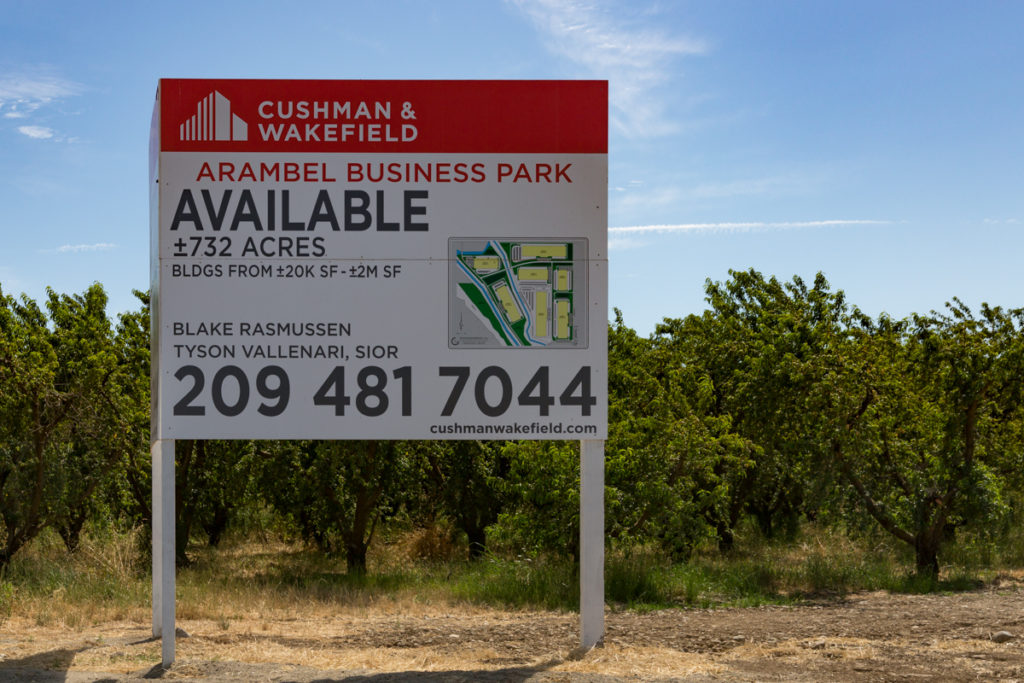
Farm trusts, like the Marin Agricultural Land Trust (MALT), help preserve agricultural land by purchasing the development rights to the land through a conservation easement. This provides the farmer with a financial return while protecting the continued use of the land for agriculture. Other supportive services include California FarmLink, who work with farmers to provide succession planning and support young farmers with financing to buy or lease farms. As the Greenbelt Alliance reports, 217,000 acres of farmland in the Bay Area have been lost to urban development since the 1970s and nearly that much remaining farmland is at risk.
Protecting farmland is an important issue for the Bay Area and the nation. It’s something to think about while enjoying Audrey’s tasty Apricot Date Bars!
[recipe print=”true”]
Audrey’s Apricot Date Bars
Here’s an apricot recipe from the Valley of Heart’s Delight! I was charmed by Rick’s mother Audrey’s neat handwriting and clear directions. Having made many different Apricot Bar recipes, the use of gingersnaps and dates in this one intrigued me. The bars quickly disappeared among my family and I’m sure you will enjoy them too!
| Yield: Makes about 32 bars | Prep Time:45 minutes |
 |
[/recipe]

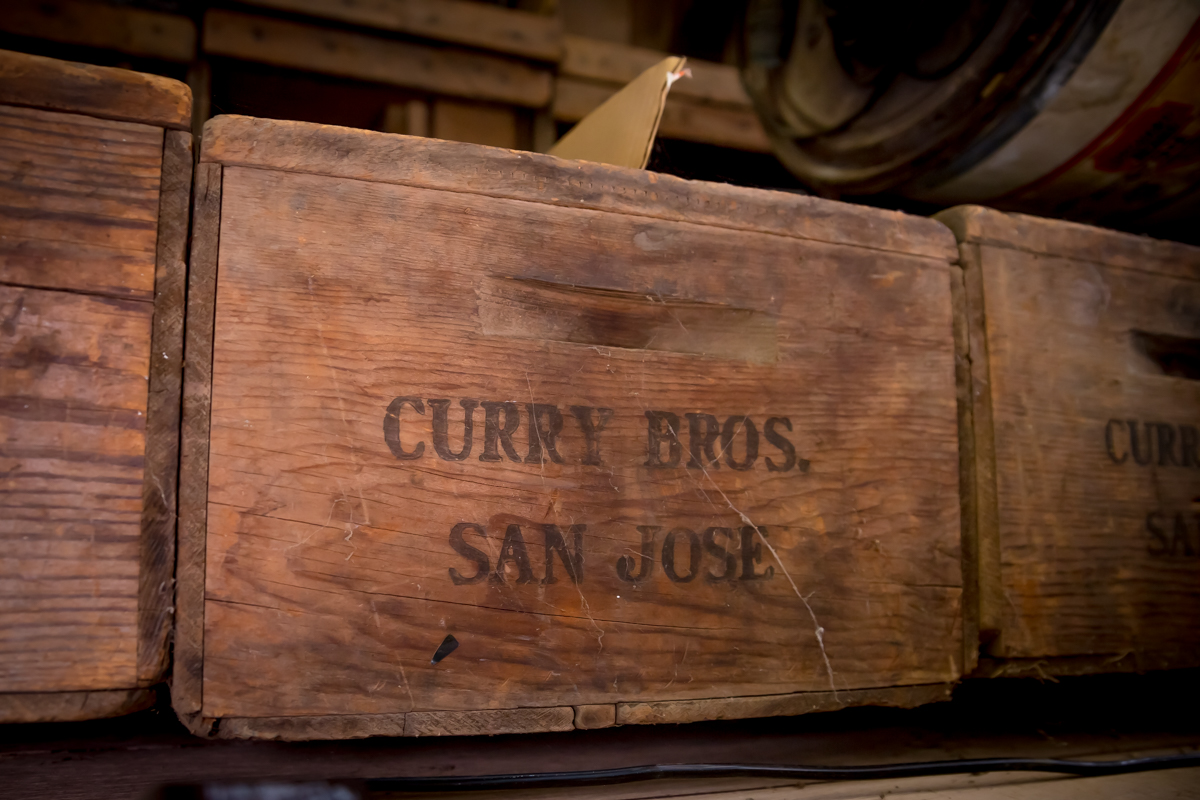
Thanks for the memories. I was born and raised in San Jose and have lived here all my 68 years. The changes in this valley make me feel lucky to have experienced the days gone by. I have vivid memories of cutting apricots for drying during my childhood. I knew Rick’s parents, Doug & Audrey Curry , having met Doug when he left ranching and moved to Monte Sereno and started his accounting career. I worked alongside him for several years and enjoyed his stories of ranching in the valley. To this day, apricots are still my very favorite fruit and I can not seem to get enough of them when they are first picked.
Big Hugs from Oregon to Lisa and the family. Happy Apricot Day tomorrow. (easy to remember as it is two days after Serbian Christmas). My family still sends apricot delights up to us. I remember writing a paper in college about how all of the houses in silicon valley should be build in the hills and the flatland should be preserved for Farming. That one got me a good grade. Too bad the land trust people were too narrow minded about preserving only undisturbed open space. You have done a great job with your blog. Keep up the good work and say hi to all of our friends down there.
Lisa, I love all the history and beautiful photos in this newest blog post. It is wonderful for you to honor the Curry family in this gorgeous post. The handwritten recipe is a wonderful personal touch. I suddenly feel inspired to bake!
Lisa, your research has produced a touching story about the Curry family. The reduced acreage problem is worthy of a full-on seminar.
Hi Lisa, Thank you for all your blog posts on the beloved apricots. Your blogs are wonderfully informative and the pictures take me back in time. I am fascinated to learn more with each of your postings. And for those of us who had the good fortune to grow up surrounded by the beautiful apricot orchards in Santa Clara County…a joyful connection to the past, and a reminder of our future.
Love reading this local history and mourn the loss of these farms. I only moved to this side of the hill from Santa Cruz around 1992. Even just from that time I watched so many farms disappear. Most of them had already shrunk down from the farms they once were to a main house with a few surrounding acres. On Quito road near Martha, an older man sold strawberries from the front of the remaining farm house. That parcel became housing for 7 or 8 new homes. In our neighborhood on Bicknell, there was still a working dairy, although it was already surrounded by huge new homes on all sides. My husband and I walked there on the weekends to buy fresh cream and milk from Mr. Peakes (I think that’s the correct name). By the time our first son was born in 1997, Mr Peakes had passed, the cows had been moved and there were tractors on the land. Two enormous mansions went up in it’s place. Novakovich Orchards is a gem in our area. My kids loved to go there while I picked up the chocolate covered apricots for Christmas gifts. They chased the chickens and petted the dogs and it was such a wholesome, happy place to stop. I hope this gem can remain.
A wonderful story Lisa Thank you!
Very nice post which brings back many memories of the family ranch on McCoy Ave. in Campbell. I would love to get hold of an old Apricot drying tray. If you can point me in the right direction, I would appreciate it very much.
I really loved ur blog on this subject and it brought so much of my childhood memories back…which for me was such a wonderful time. My parents bought their home in the Fall of 1959 right across what is now Miller Ave was an orchard filled with cherry, apricot and French Prune trees as far as our young eyes could see. Bunch of us neighborhood kids would cross that 2-lane dirt road to the orchards to play, help the Farmer harvest his fruit and our payment was ice cold lemonade, all the fruit we wanted, and the tummy ache which always followed that evening but we didn’t care…we were having fun and staying out of out Parents way while they accomplished their chores, soon to be ours. I feel sorry for the youth of today never having the chance to see the ever wonders of the changing seasons in the orchard, the feeling of accomplishment during harvest, and the fresh, sweet taste of the trees fruit. The orchards across from our family home was sold/leased to Contractors who built Townhouses in the mid-1970’s…all of us kids just stood across from our orchard playground and reminisced about all the fun and good times and then the overwhelming sadness fell over us as we all started to realize that, that part of our childhood was disappearing. Neighborhood has never been the same sense. I still love this area because of my fond memories but am heartbroken about what the children of today are missing from their growing up period of kids just be kids; using ones imagination to create wonderful worlds of make believe, developing new social skills while playing with each (without having to check social media if they are with the right kids), and enjoying the fresh air, a new skill (cutting and drying of Cots), and the proud feeling inside you when the Farmer told us we did a great job and would make a great Farmer/Orchard Owner someday. Enjoyment, fun, gratification, and accomplished all from right across the street from our homes everyday of the year. ????
Thank you for sharing this story. Brings back wonderful memories of growing up in the Valley of Hearts Delight. Sad and scary about what has been lost and how little is left.
Thanks for your post. Sentimental story for me.
Beautifully expressed, Lisa. But as someone who spent many a summer exploring the orchards in our neighborhood, and as a young man working in the fruit-packing industry, I’ve experienced both the bounty and decline of farming in the Santa Clara Valley. I find the last paragraph sobering. That we may lose all of it within a couple of generations makes me sad. Thank you for keeping what soon may be a memory alive.
Dear Lisa,
I enjoyed reading this post about the Curry family very much. Your blog is wonderful. I have always loved apricots! My family were orange ranchers in Riverside CA in the 1880s and pear and hop farming in Ukiah, CA in the 1920s. We have land in the Valley of the Moon, Sonoma County, which was prime prune and walnut growing country in the early part of this century.
In answer to your question about the future of the future of farming in Silicon Valley and elsewhere, I am wondering if there are efforts to establish a land trust such as MALT in Santa Clara County? And, are there opportunities for immigrant families with farming backgrounds to lease orchards and farmland in the South Bay?
Warm Regards – and looking forward to your future blogs,
Stephanie
Beautiful post…of a sad story.